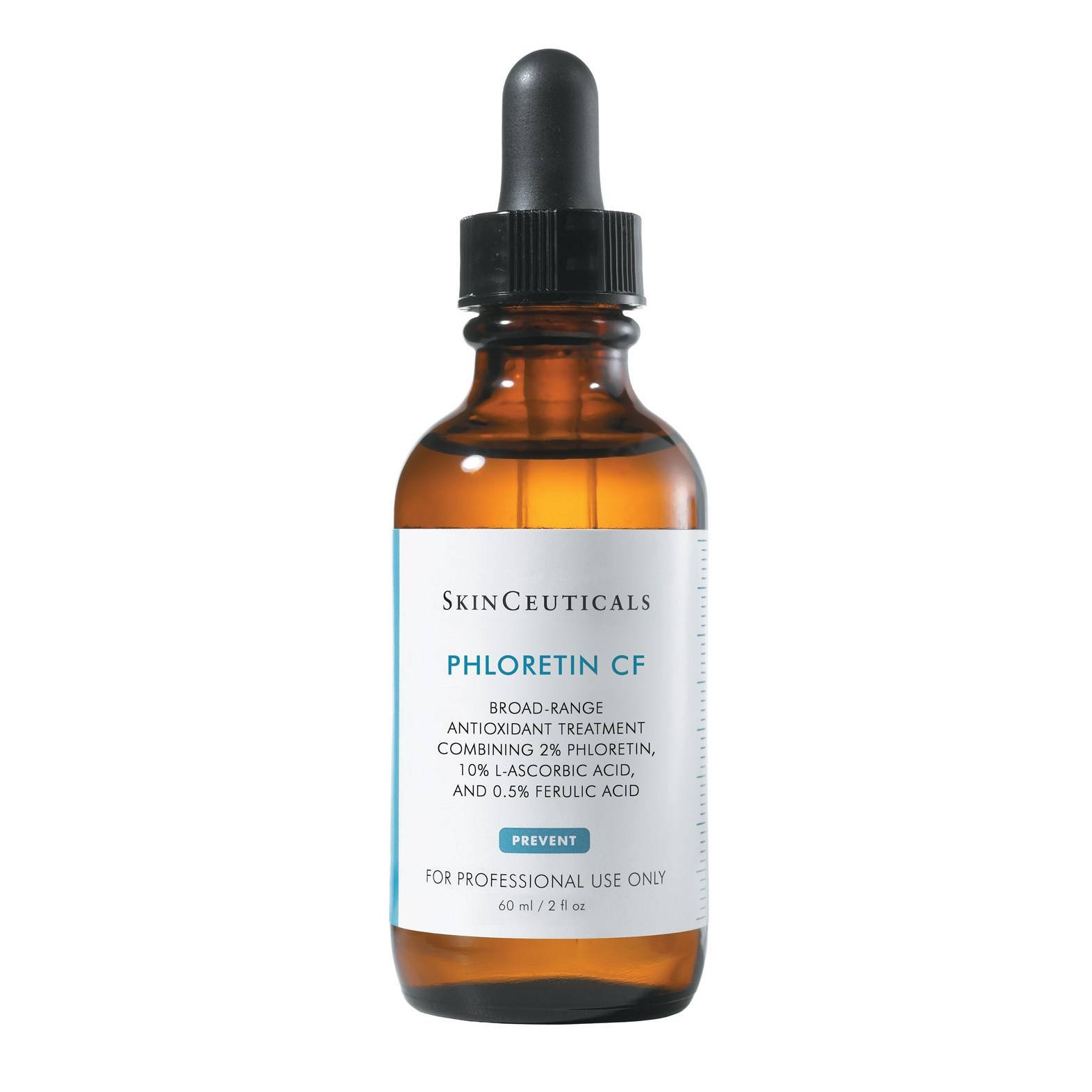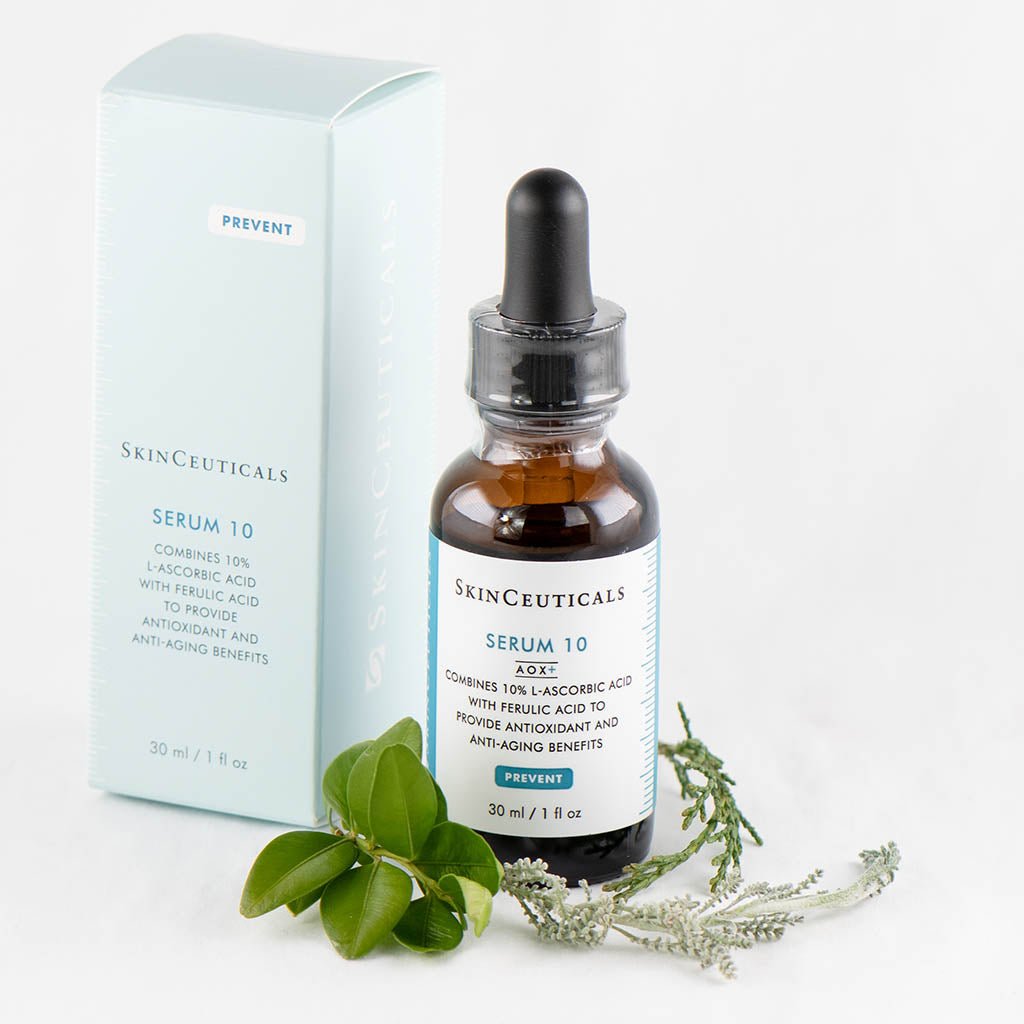SHINING A SPOTLIGHT ON ALOPECIA
Janine Mendes-Franco
If you watched the 94th Academy Awards, there’s undoubtedly a lot to unpack in the moments leading up to the slap heard round the world — but perhaps playing a key role in actor Will Smith’s decision to step onstage was his wife Jada Pinkett-Smith’s reaction to comedian Chris Rock’s joke about her shaved head.
In 2018, Pinkett-Smith revealed via her Red Table Talk web series that she had been diagnosed with alopecia areata, an autoimmune condition that causes hair loss. When clumps of her hair began falling out in the shower, she called it a “terrifying” experience that had her “literally shaking with fear”. While some people may dismiss the emotion that goes along with getting a diagnosis like alopecia — which is not a life-threatening condition — the fact remains that for both men and women, hair remains intricately linked to self-image, self-expression and identity.
Photo of Jada Pinkett-Smith (in 2014, prior to her alopecia diagnosis) by Dominick D on Flickr, CC BY-SA 2.0.
Pinkett-Smith explained, “My hair has been a big part of me; taking care of my hair has been a beautiful ritual.” She was also very creative with her hair, playing with shapes, colour and length over the years, so for her, one of the most difficult aspects of the diagnosis was that her choice as to whether to have hair or not was taken away from her.
It’s a very real struggle, and one that isn’t talked about enough, so we thought now is as good a time as any to contribute to the conversation…
Who gets alopecia?
It’s an equal opportunity condition: anyone can get it, regardless of gender, age or ethnicity, though childhood onset of alopecia often signals more permanent hair loss. Complete hair loss on the scalp is called alopecia totalis; once it affects the entire body, it’s called alopecia universalis, but the latter is quite uncommon.
If you’re already battling an autoimmune disease like psoriasis or vitiligo, or if the condition runs in your family, you may be at higher risk of getting it, but many people who do not have a family history of alopecia suffer from the condition. Alopecia may also emerge as a side effect of infections, certain diseases (like cancer), or medications.
How does alopecia typically present itself?
The condition can kill off hair follicles on any part of the body, but people generally find it affects the head and face. There are cases in which hair falls out in patches, but the loss can also be broad. Some people experience breakouts of alopecia from time to time, while others have only one occurrence. The likelihood of regrowth is also impossible to predict, with some patients recovering fully and others not. Like many autoimmune reactions, there is no cure, but there are treatments that offer some hope.
How do we diagnose it?
We’ll ask you lots of questions and do a clinical examination that includes taking a look at your nails, since alopecia can make nails brittle, blotchy or even painful. Sometimes, though, additional measures — including blood tests — may be necessary to confirm a diagnosis.
What can I do to treat it?
Scientists have suggested a possible link between stress and autoimmune conditions, so maintaining a good work/life balance that allows for self-care may help in keeping such diseases at bay.
Treatment is not a one-size-fits-all approach. We must custom-design treatments based on your individual experience. For patients dealing with the condition for the first time, sometimes the best approach is to wait and see how it plays out. Depending on your age, as well as the location, type and extent of the hair loss, there’s a possibility that regrowth may happen without intervention.
For children, however, we may quicker recommend prescription corticosteroids, which can be applied topically in an effort to halt the hair loss. In older patients, these can be administered by injection.
In cases of rapid and extreme hair loss, we can try topical immunotherapy, which aims to teach your immune system to stop attacking your hair follicles. The American Academy of Dermatology claims that 60-70% patients who undergo this treatment experience hair regrowth. Other medications, like methotrexate and janus kinase (JAK) inhibitors are also available.
Pinkett-Smith once said she had been trying steroid injections in an attempt to stem the hair loss, but subsequently did an Instagram post in which she said, “At this point, I can only laugh […] Me and this alopecia are going to be friends … period!” Tough as it may be, gracious acceptance can often make all the difference. You may not be able to control what you face in life, but you can control how you respond.
For many alopecia patients, though, getting to that place is a process. Some prefer to cover their heads with hats, scarves or bandanas until they come to terms with the diagnosis; others opt for wigs or hairpieces, some of which can be custom-fitted. Some people take the bull by the horns and shave their heads, boldly claiming their new reality, however fleeting or permanent it may be.
Whatever you choose, know this:
We’ll always be honest about your prognosis, educate you about the treatments that are available and suited to your particular situation, and support you through the process
How people react to your diagnosis says more about them than it does about you
You are worthy, beautiful and strong — with or without your hair
If you suspect you might be experiencing alopecia and need some guidance and a listening ear, just schedule an appointment with us.








